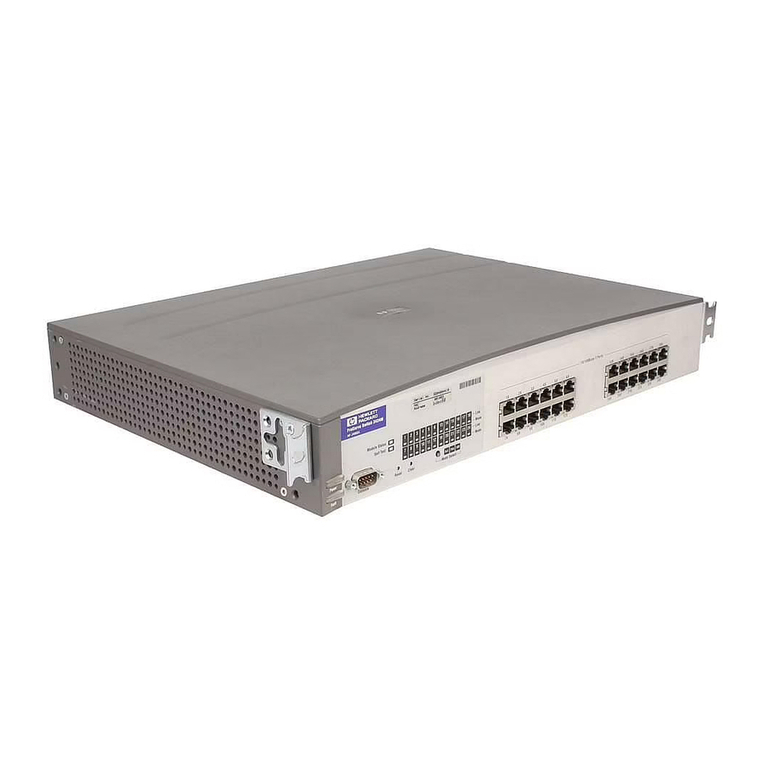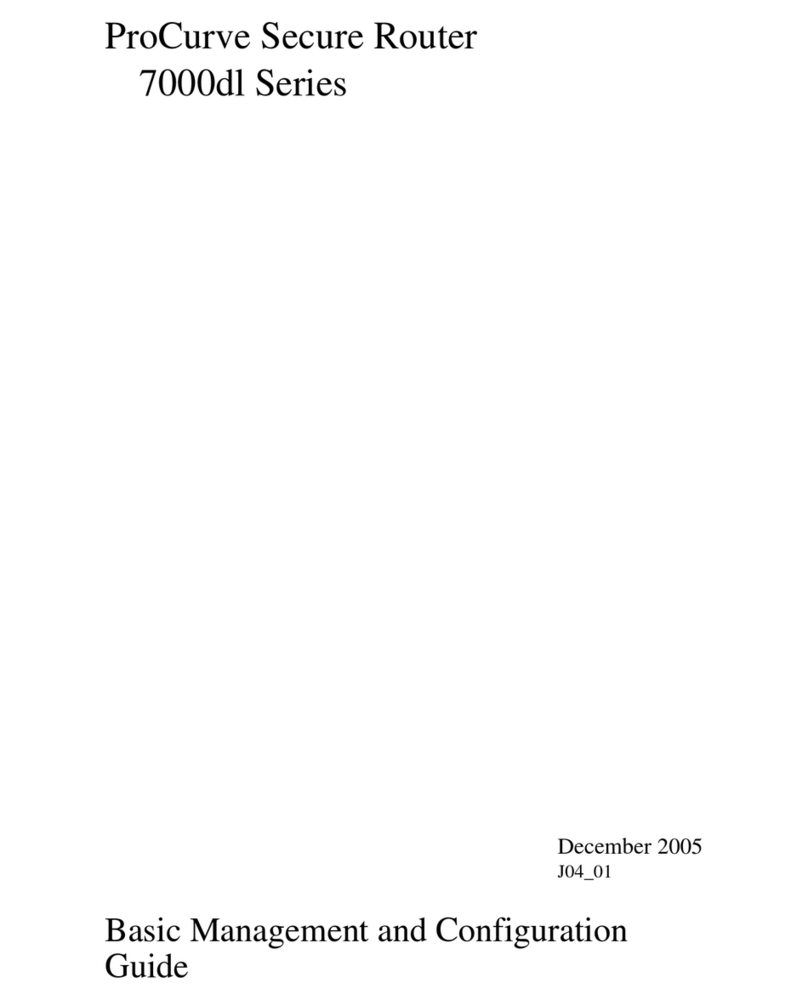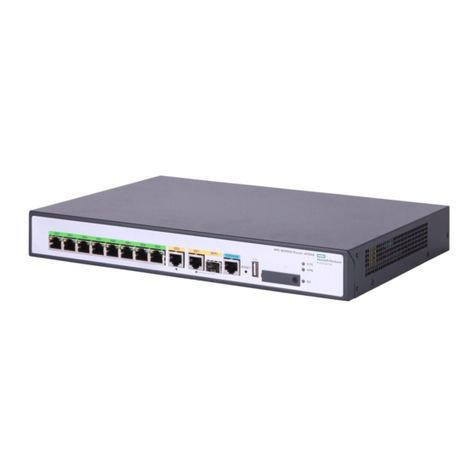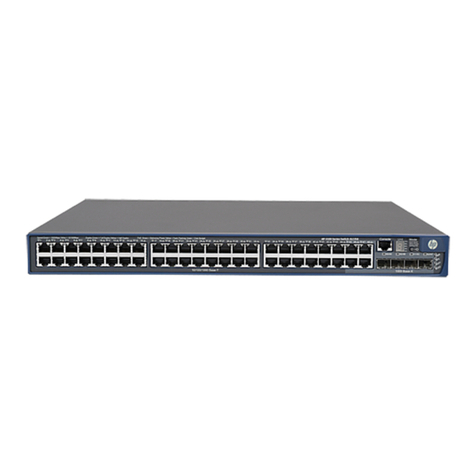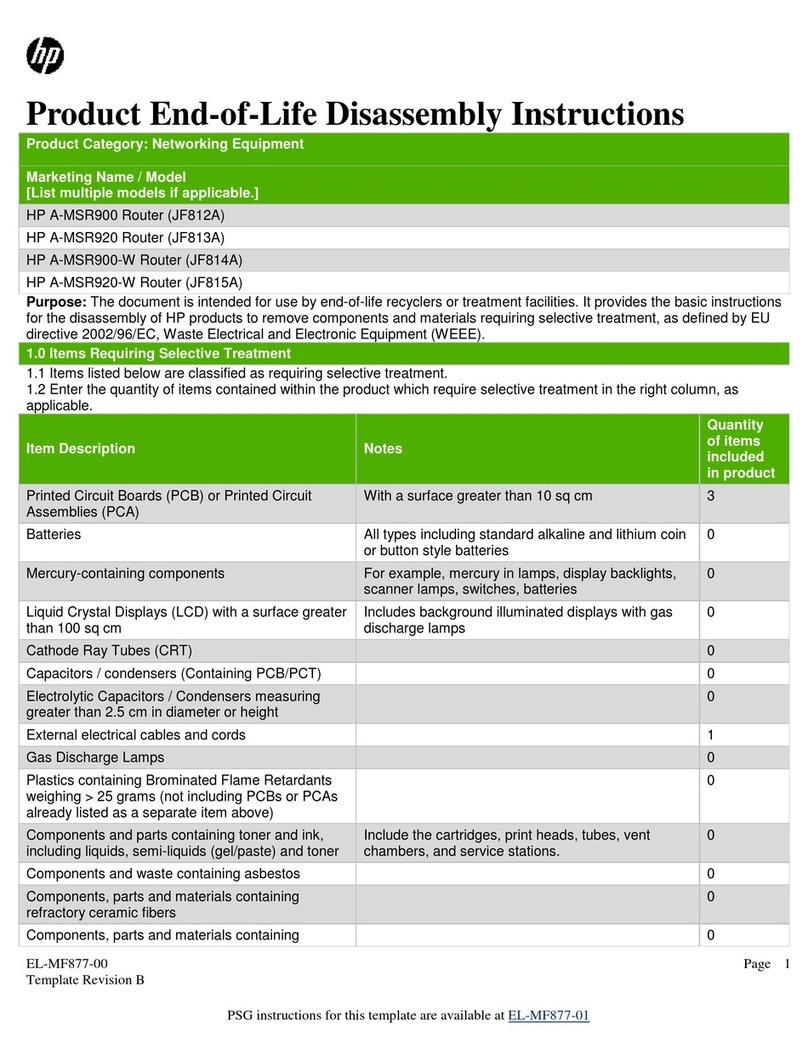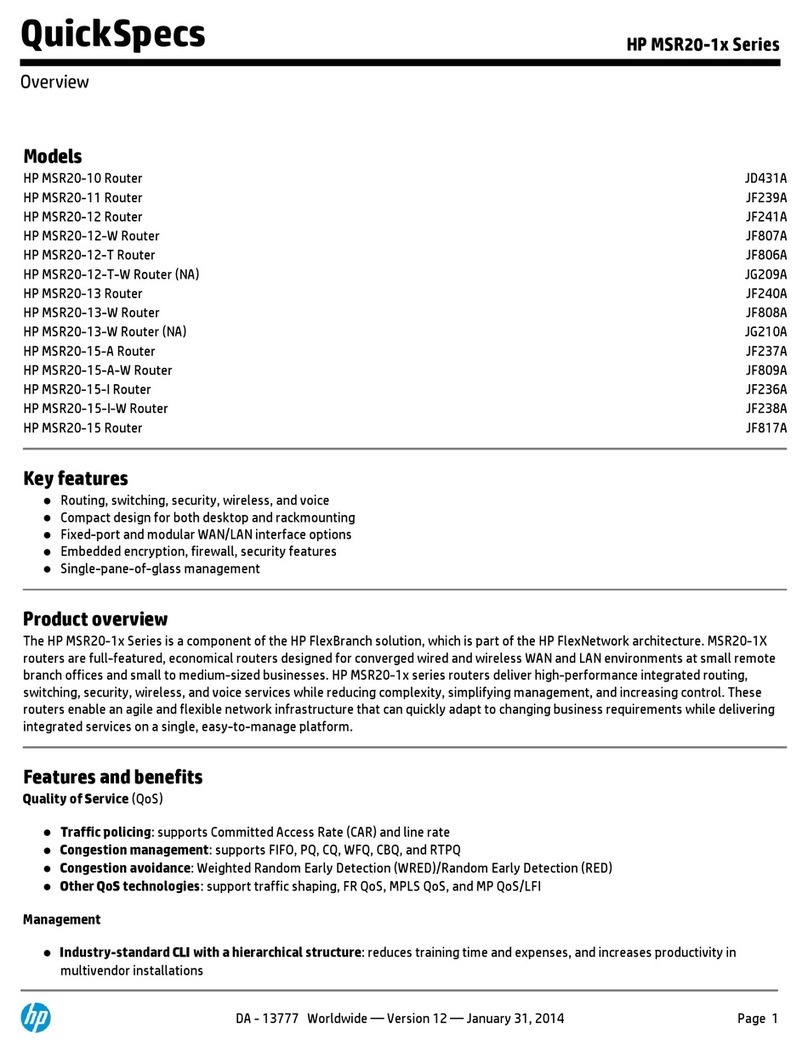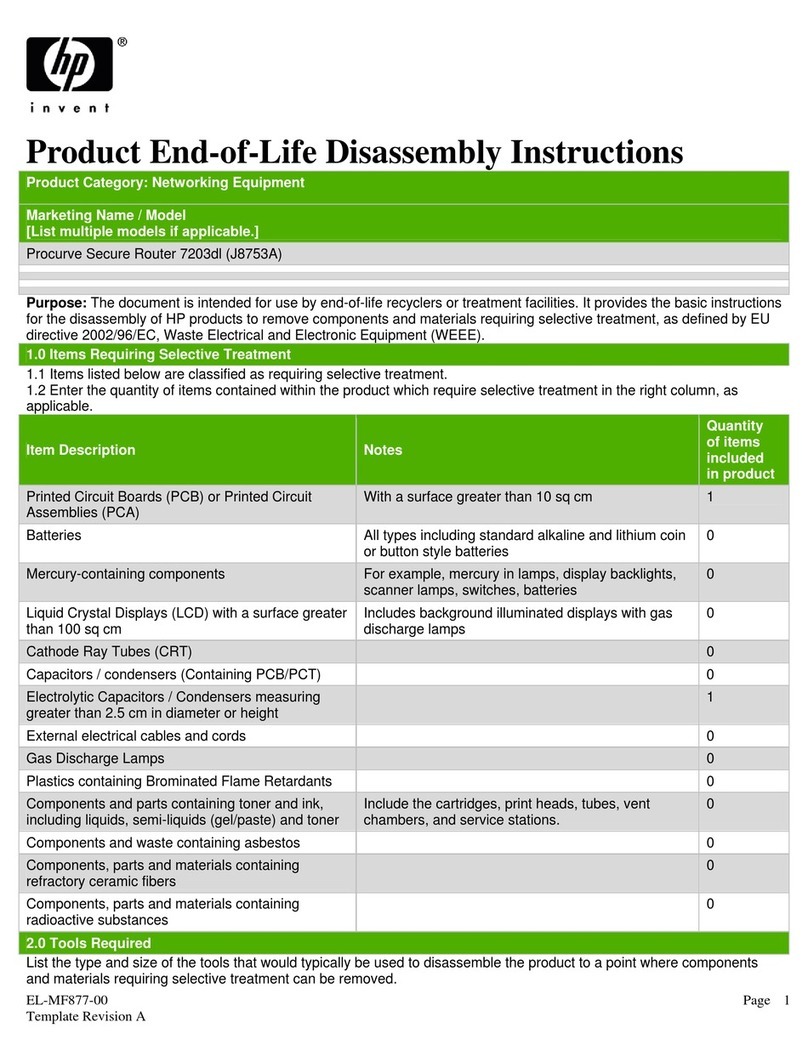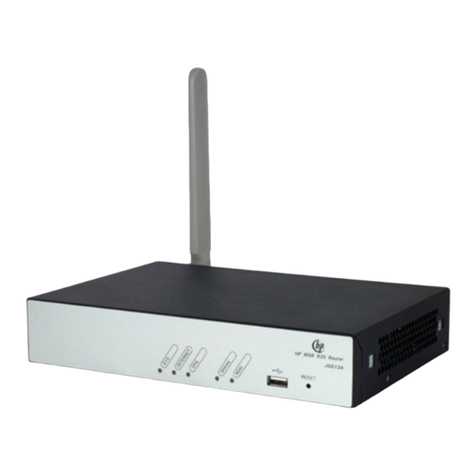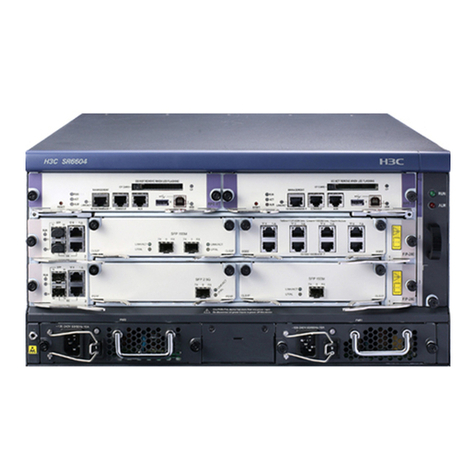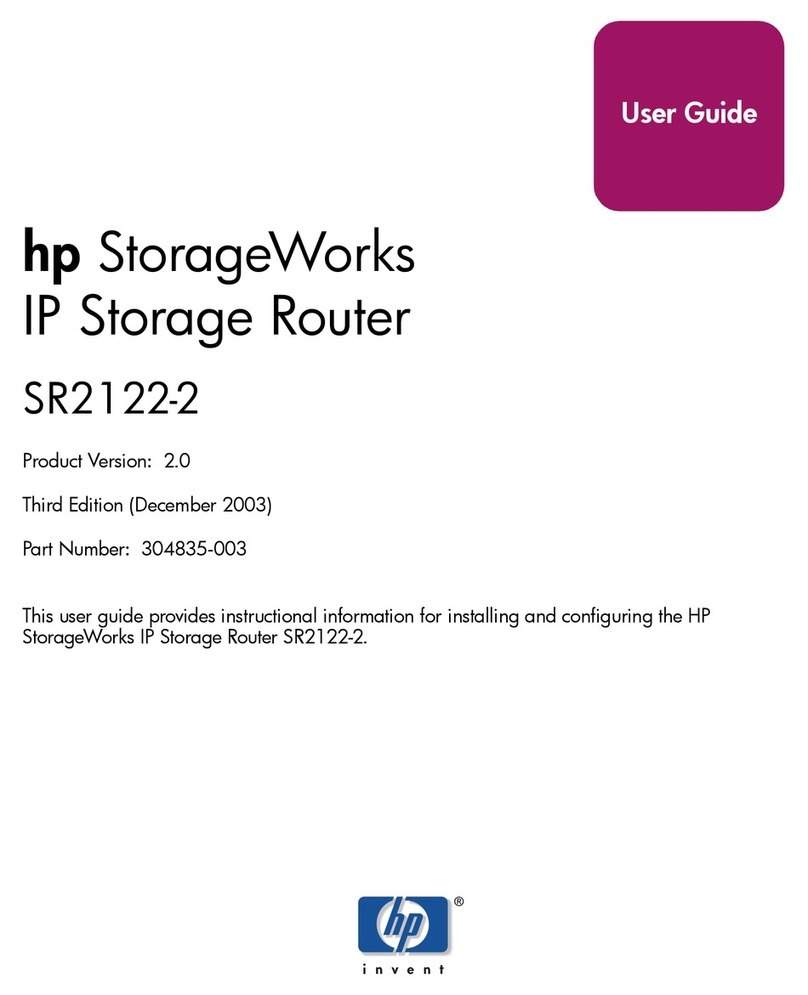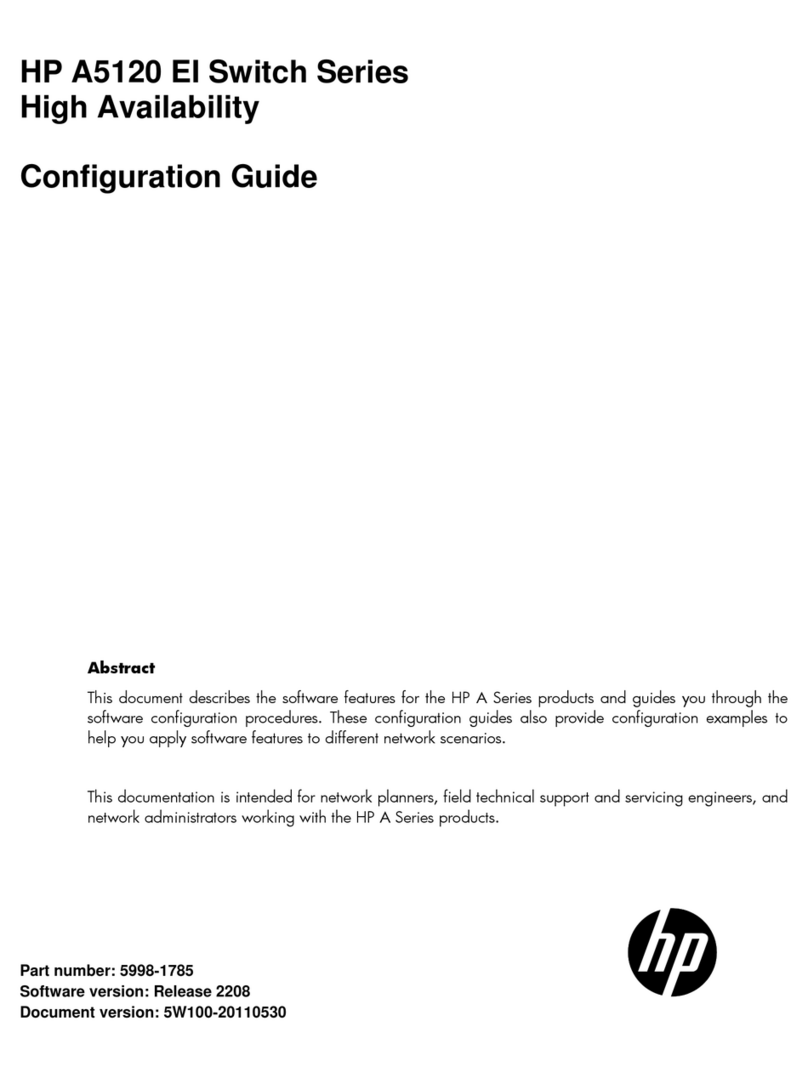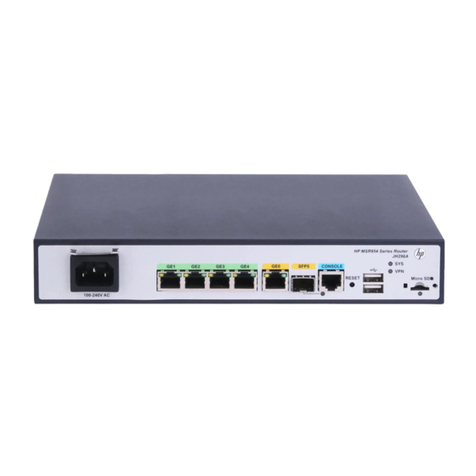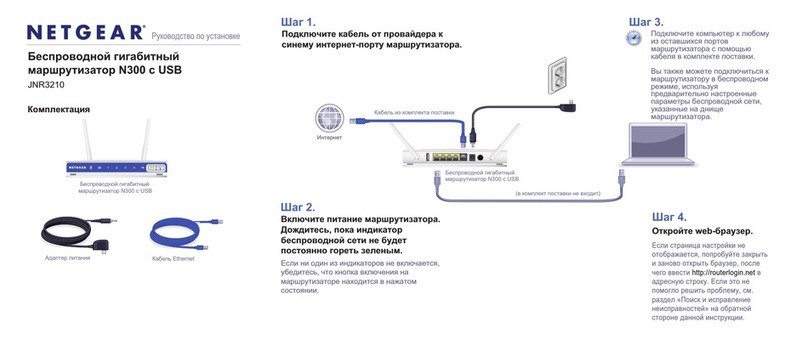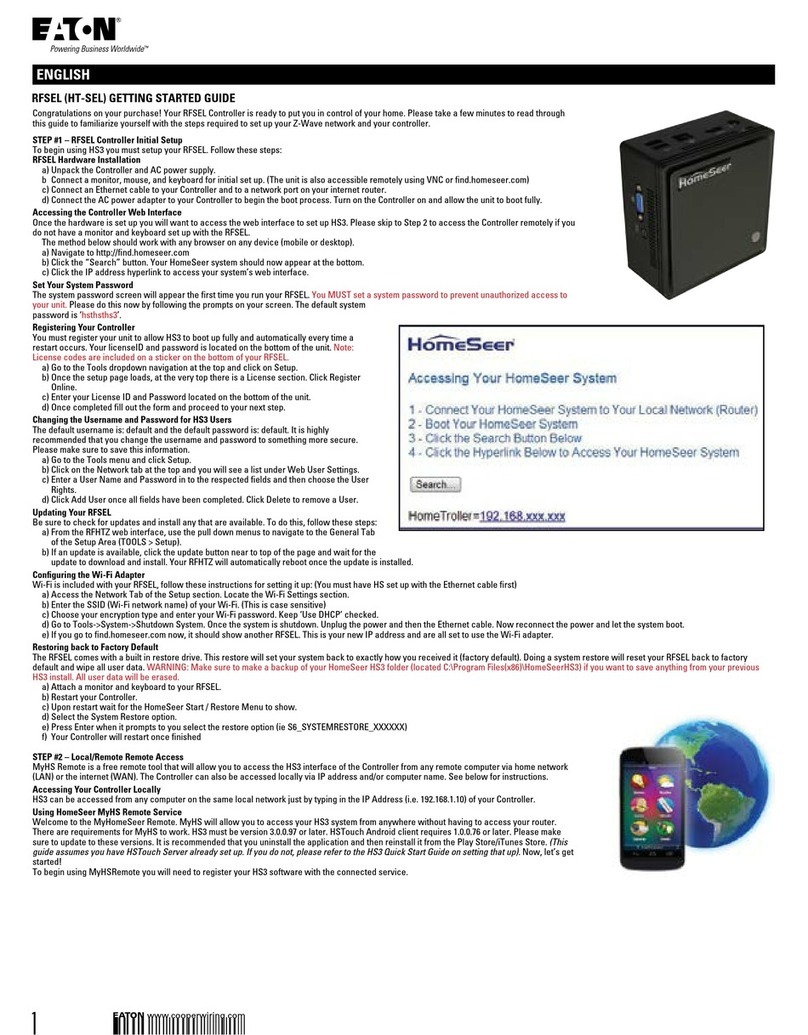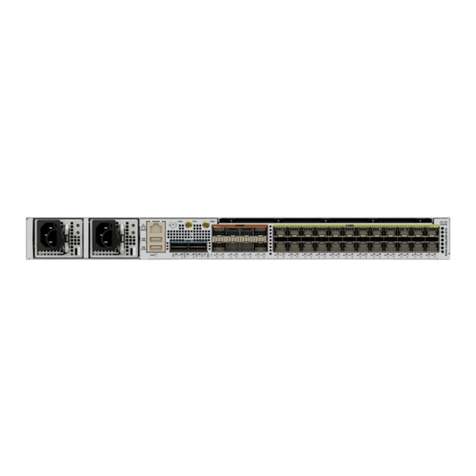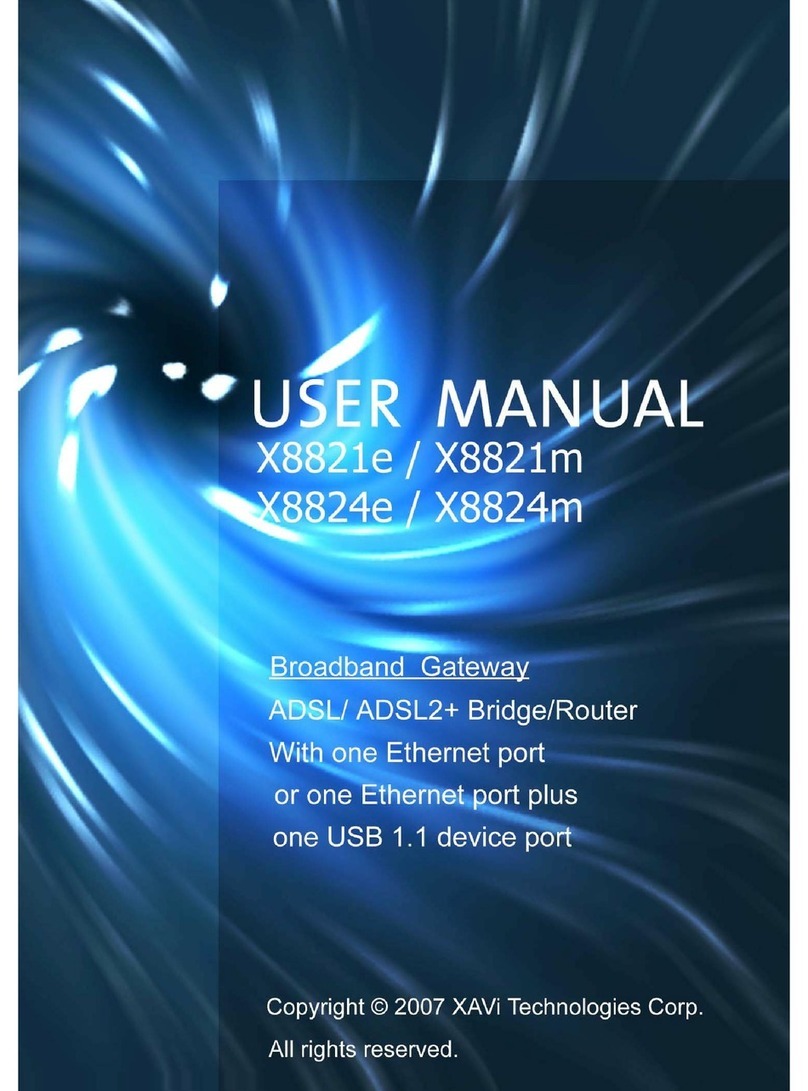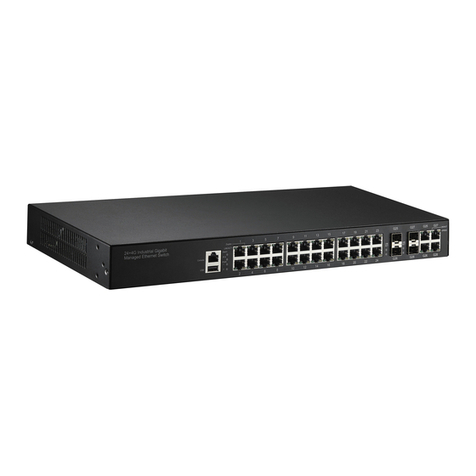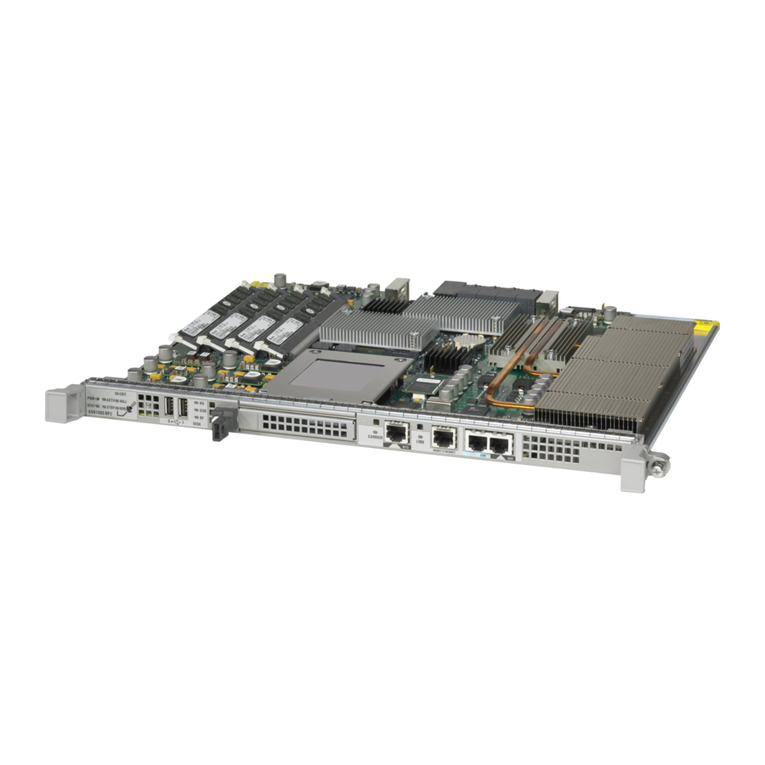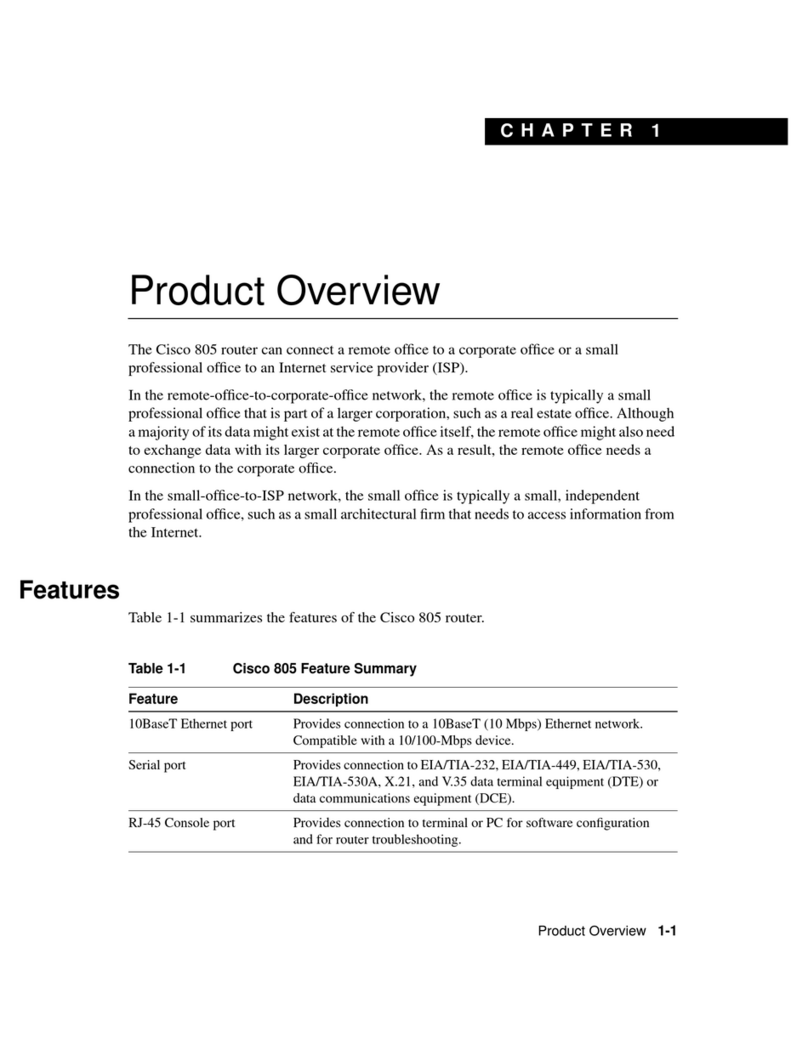
ii
Basic IGMP functions configuration example····································································································· 32
SSM mapping configuration example ················································································································ 34
IGMP proxying configuration example··············································································································· 37
Troubleshooting IGMP··················································································································································· 39
No membership information exists on the receiver-side router ········································································ 39
Membership information is inconsistent on the routers on the same subnet ··················································· 40
Configuring PIM·························································································································································41
Overview········································································································································································· 41
PIM-DM overview ·················································································································································· 41
PIM-SM overview··················································································································································· 44
BIDIR-PIM overview················································································································································ 49
Administrative scoping overview························································································································· 52
PIM-SSM overview················································································································································· 54
Relationship among PIM protocols ······················································································································ 55
PIM support for VPNs············································································································································ 56
Protocols and standards ······································································································································· 56
Configuring PIM-DM ······················································································································································ 56
PIM-DM configuration task list······························································································································ 57
Configuration prerequisites ·································································································································· 57
Enabling PIM-DM··················································································································································· 57
Enabling state-refresh capability·························································································································· 58
Configuring state-refresh parameters ·················································································································· 58
Configuring PIM-DM graft retry period··············································································································· 59
Configuring PIM-SM······················································································································································· 59
PIM-SM configuration task list······························································································································ 60
Configuration prerequisites ·································································································································· 60
Enabling PIM-SM ··················································································································································· 61
Configuring an RP ················································································································································· 62
Configuring a BSR················································································································································· 64
Configuring administrative scoping ···················································································································· 67
Configuring multicast source registration············································································································ 69
Configuring switchover to SPT ····························································································································· 70
Configuring BIDIR-PIM ··················································································································································· 71
BIDIR-PIM configuration task list··························································································································· 71
Configuration prerequisites ·································································································································· 71
Enabling PIM-SM ··················································································································································· 72
Enabling BIDIR-PIM················································································································································ 72
Configuring an RP ················································································································································· 73
Configuring a BSR················································································································································· 75
Configuring administrative scoping ···················································································································· 78
Configuring PIM-SSM ···················································································································································· 80
PIM-SSM configuration task list···························································································································· 80
Configuration prerequisites ·································································································································· 80
Enabling PIM-SM ··················································································································································· 81
Configuring the SSM group range······················································································································ 81
Configuring common PIM features······························································································································· 82
Configuration task list ··········································································································································· 82
Configuration prerequisites ·································································································································· 82
Configuring a multicast data filter ······················································································································· 83
Configuring a hello message filter ······················································································································ 83
Configuring PIM hello options ····························································································································· 84
Setting the prune delay timer ······························································································································· 85
Configuring common PIM timers ························································································································· 86
Configuring join/prune message sizes··············································································································· 87
